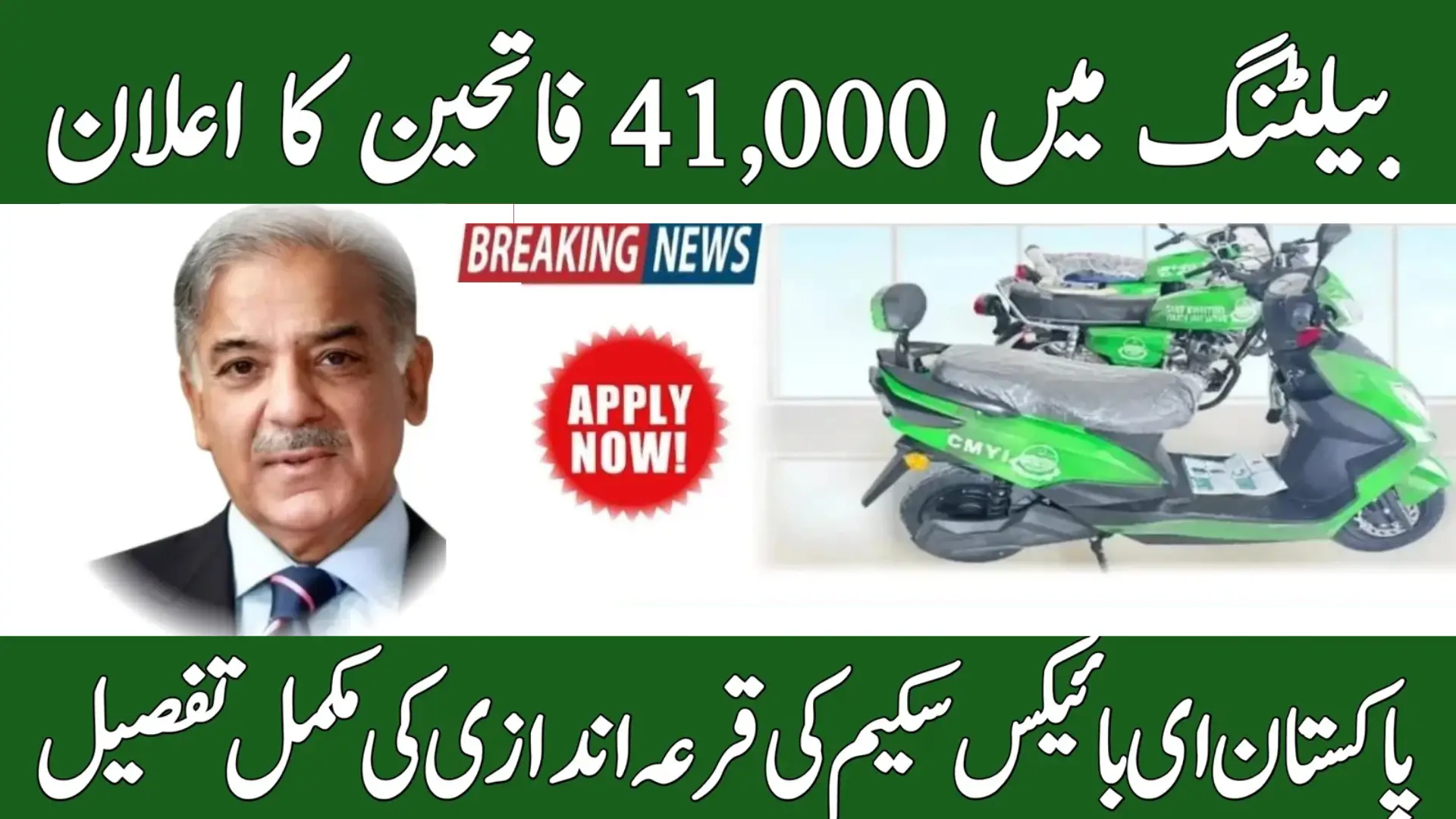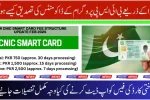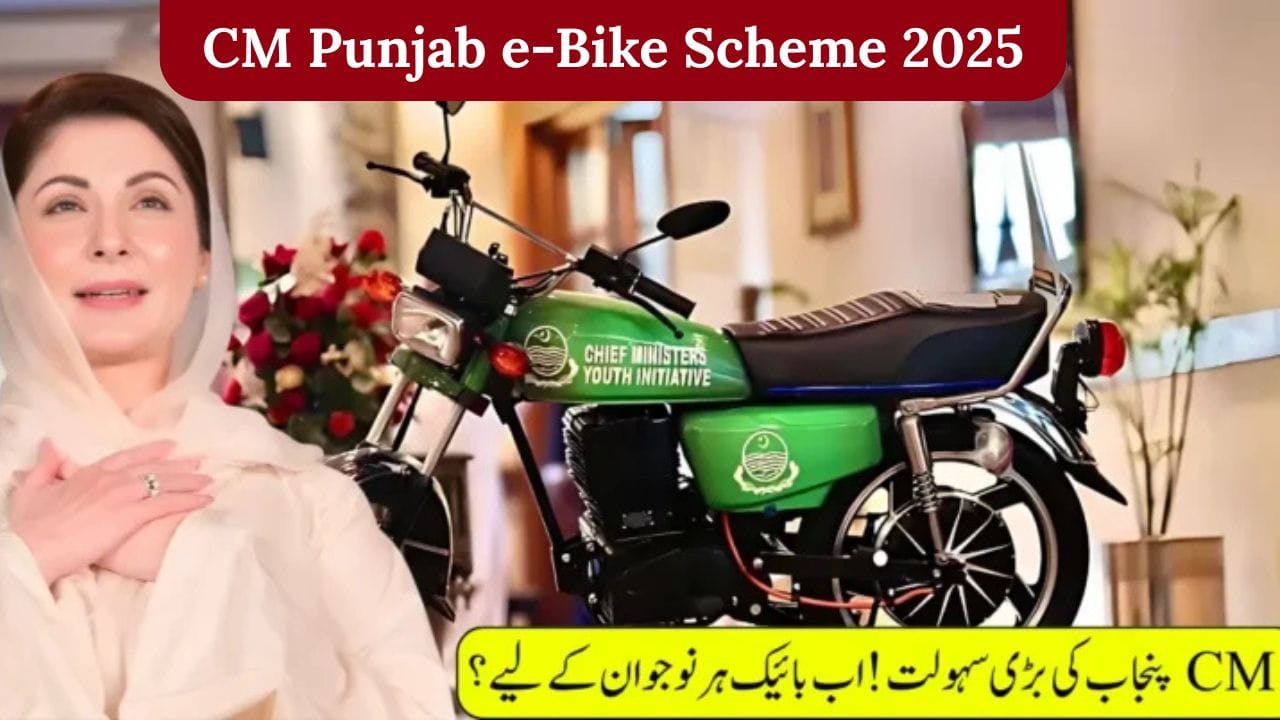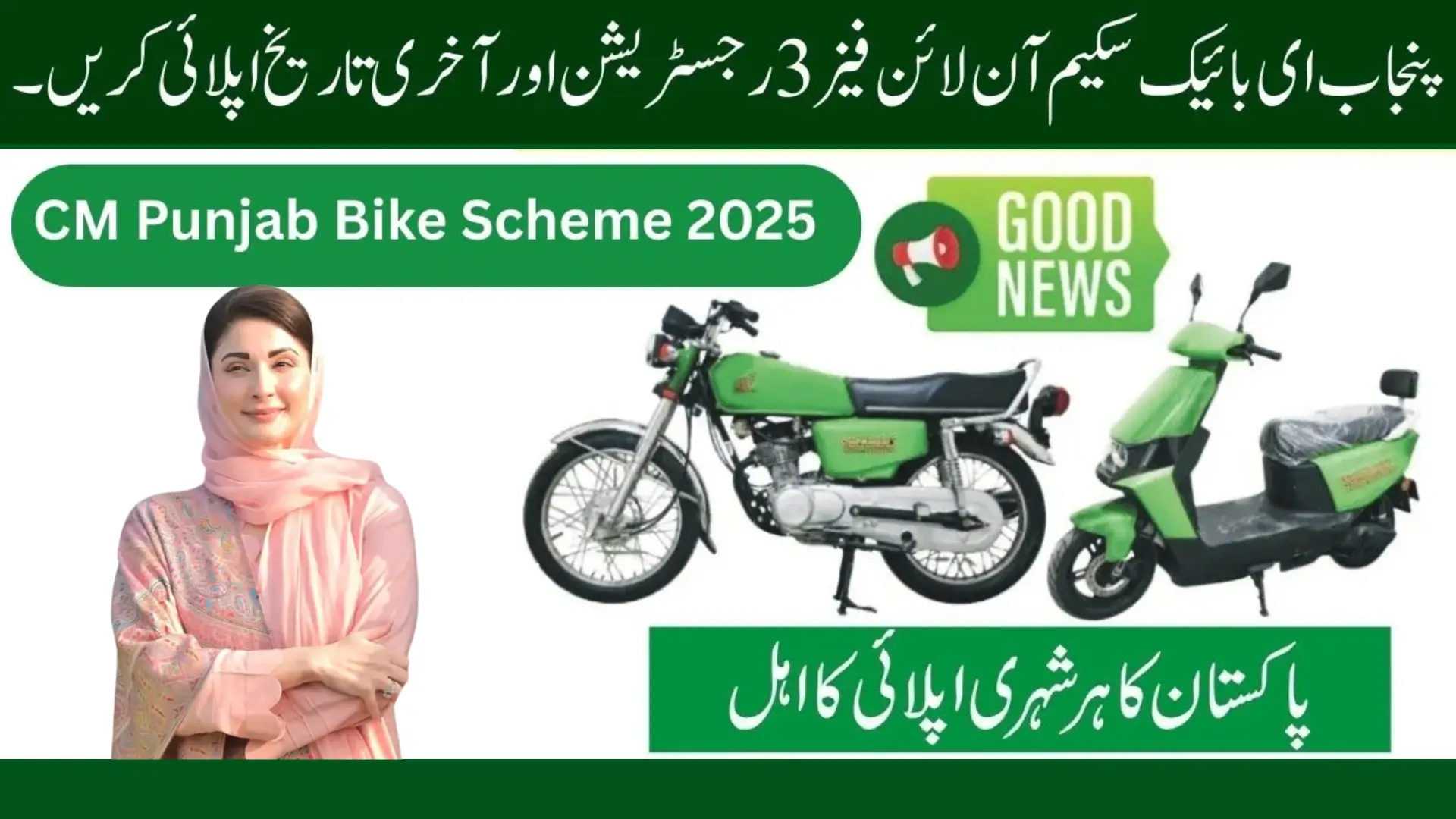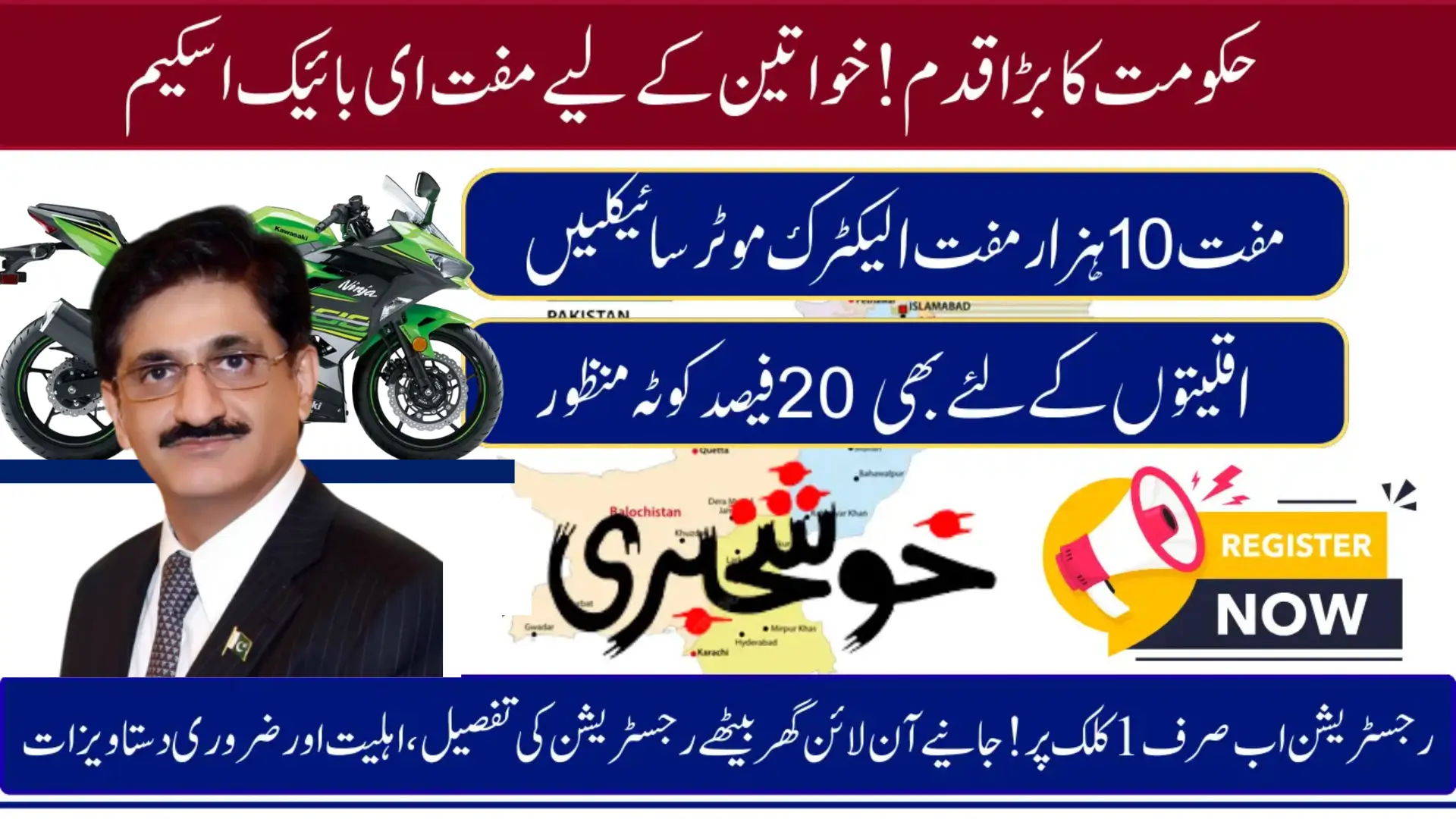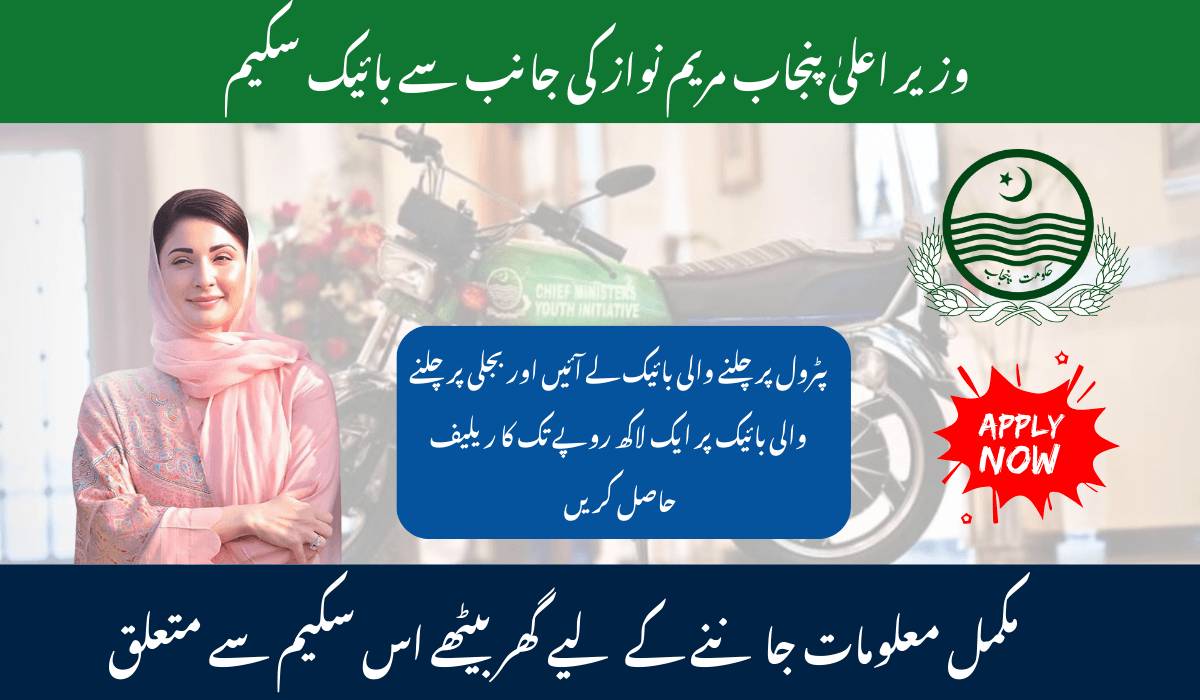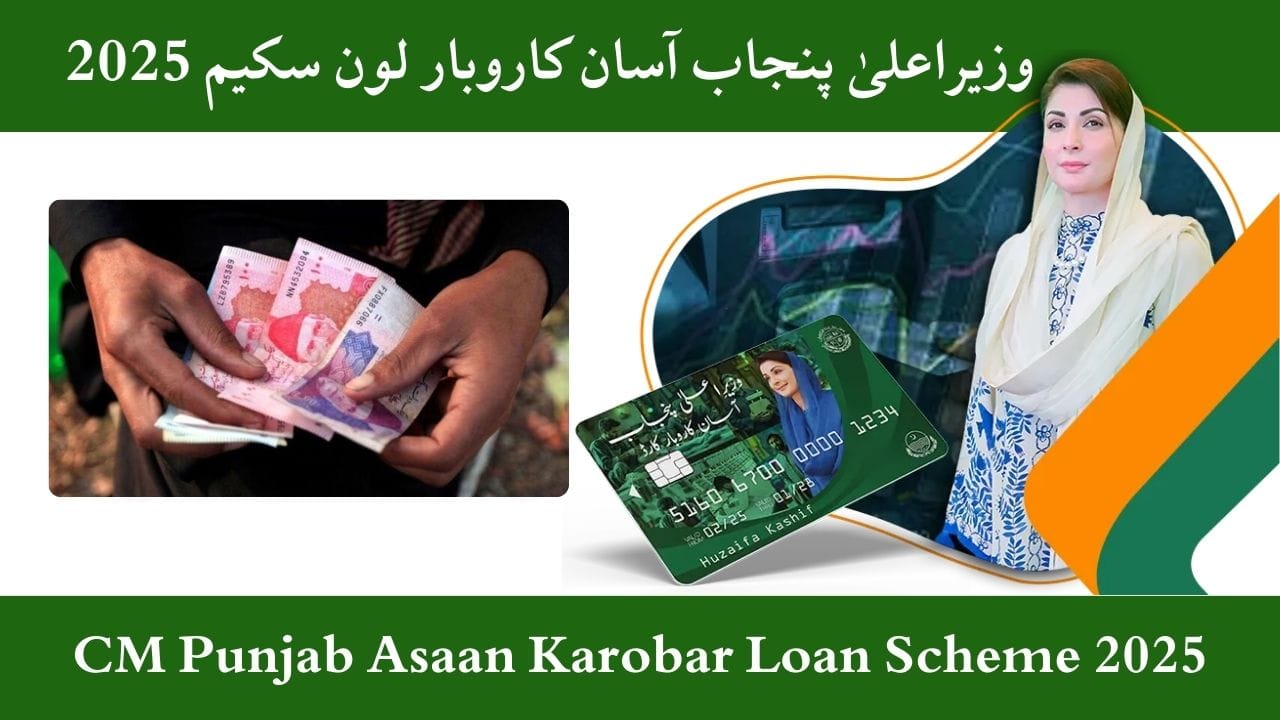The Government E-Bike Scheme 2025 is a major step toward promoting clean energy and making transport affordable for low-income citizens. Recently, the Ministry of Industries and Production completed the first phase of its digital lottery (e-balloting), selecting 41,000 applicants to receive subsidized electric bikes and rickshaws. With a total subsidy of Rs 9 billion, this initiative has gained nationwide attention.
Massive Response to the E-Bike Lottery
The scheme attracted a huge response, with more than 269,000 applications submitted from across Pakistan. Rising fuel prices, along with growing awareness about eco-friendly vehicles, encouraged citizens to apply.
- Total Applicants: 269,000+
- Winners in First Phase: 41,000
- Vehicles Offered: Electric bikes and e-rickshaws at subsidized rates
This overwhelming participation shows the increasing demand for electric vehicles (EVs) among Pakistanis.
Transparent E-Balloting Process
The government emphasized that the e-balloting was conducted transparently using a secure digital system. This eliminated the risk of favoritism and ensured every applicant had an equal chance. The success of this first phase is seen as an important milestone in Pakistan’s journey toward electric mobility and clean transport.
Financial Assistance and Subsidy Breakdown
The E-Bike Scheme has been designed to make electric vehicles affordable even for low-income citizens. Below is the cost-sharing model:
| Vehicle Type | Government / Bank Support | User Contribution |
|---|---|---|
| Electric Motorcycles | Rs 50,000 financed by partner banks | Rs 80,000 paid by the user |
| Electric Rickshaws | Rs 200,000 – Rs 400,000 subsidy (based on model) | Remaining cost by user |
- Total Government Subsidy: Rs 9 billion
- Subsidy Duration: Valid until June 2025
This structure helps reduce the financial burden, making EV ownership more accessible.
Empowering Low-Income Citizens
The Govt E-Bike Scheme 2025 is especially beneficial for:
- Daily wage workers
- Delivery riders
- Rickshaw drivers
By offering easy financing and subsidies, the government aims to improve mobility, create job opportunities, and support economic stability at the grassroots level.
Pakistan’s EV Vision 2030
The scheme is part of Pakistan’s Electric Vehicle Policy 2030, which targets 30% of all new vehicle sales to be electric by the end of the decade.
Benefits of This Policy
- Lower fuel imports
- Reduced carbon emissions
- Affordable, sustainable transport options
- Cleaner environment for future generations
Since motorcycles and rickshaws are widely used in Pakistan, shifting them to electric is seen as the fastest way to achieve this vision.
What’s Next in the E-Bike Scheme?
The successful completion of the first phase paves the way for further expansions. Future phases may include:
- Increasing the number of beneficiaries
- Expanding eligibility to more groups
- Introducing new EV models and vehicle types
Applicants who did not win in the first round still have opportunities in upcoming phases, depending on government allocations.
Conclusion
The Govt E-Bike Scheme 2025 is more than just a subsidy program—it’s a gateway to cleaner transport, economic empowerment, and sustainable development. With 41,000 winners selected in the first phase, Pakistan is moving closer to its EV goals for 2030. By providing affordable electric bikes and rickshaws, the government is not only helping citizens save money but also contributing to a greener, healthier future.

